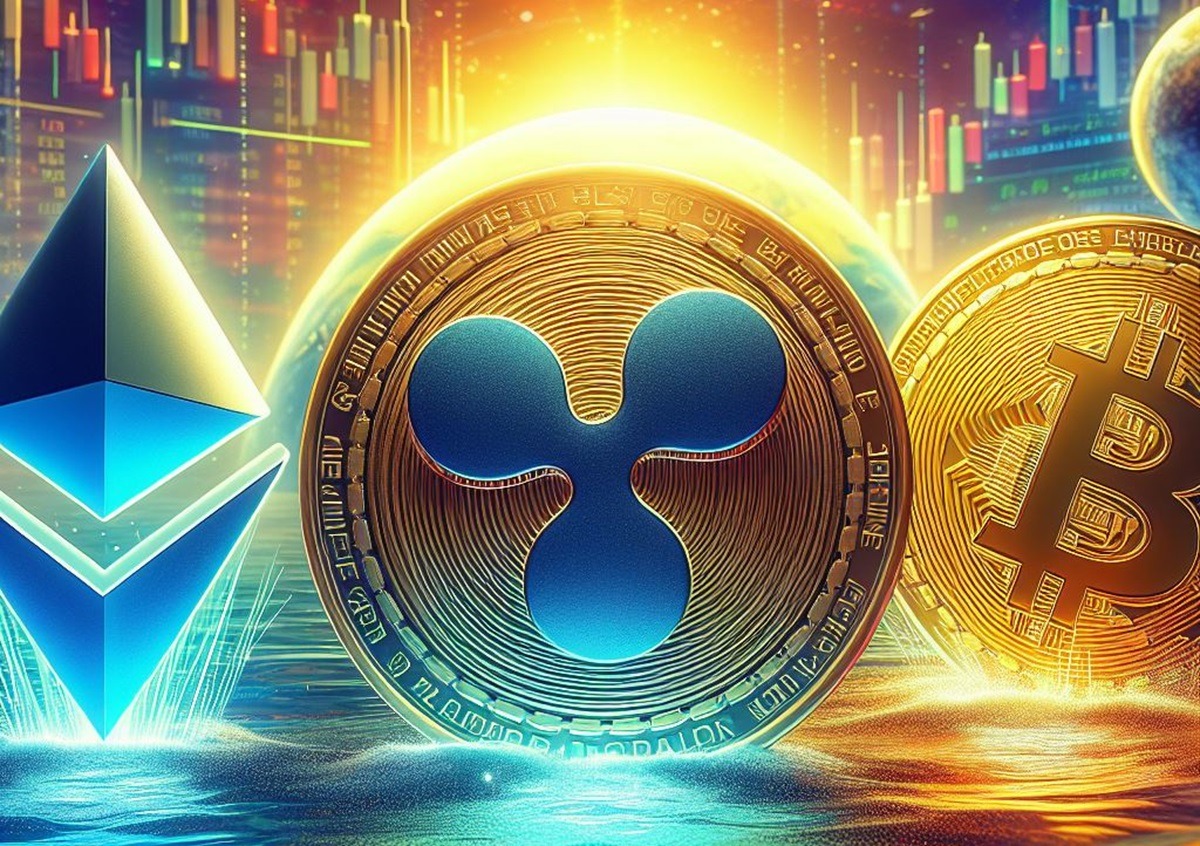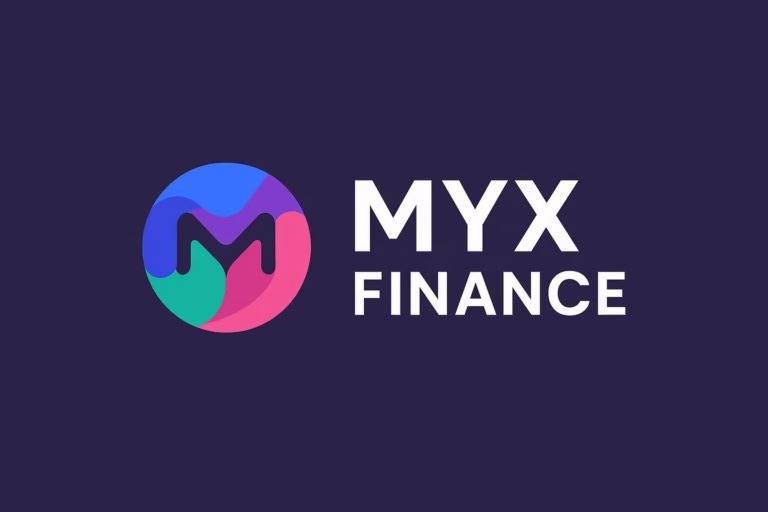
- Ripple CTO David Schwartz argues that comparing Bitcoin and XRP based on supply alone is misleading, emphasizing that factors like market capitalization, divisibility, and real-world utility are more critical in assessing value.
- While Bitcoin remains a safer investment due to its institutional adoption, XRP has strong growth potential, especially if regulatory clarity and ETF approvals favor its market position.
The debate between Bitcoin (BTC) and XRP continues to spark discussions in the crypto world, with Ripple’s Chief Technology Officer, David Schwartz, recently challenging the widely used argument that Bitcoin’s scarcity makes it a superior asset. While some investors believe Bitcoin’s limited 21 million supply gives it an edge over XRP’s 100 billion tokens, Schwartz argues that this comparison is fundamentally flawed.
The Supply Argument: Is Scarcity Everything?
One of the main arguments favoring Bitcoin over XRP is its finite supply. Bitcoin’s hard cap of 21 million coins is often compared to XRP’s significantly larger 100 billion token supply, leading some to conclude that BTC is more valuable due to its scarcity.
A crypto analyst, known as CryptoApostle, pointed out that Bitcoin’s restricted supply contributes to its status as “digital gold,” whereas XRP lacks the same appeal. This argument suggests that Bitcoin holders actively promote it as a superior store of value, while Ripple executives, including CEO Brad Garlinghouse and CTO David Schwartz, have never explicitly encouraged investors to buy XRP.

Schwartz’s Take: A Faulty Comparison
Schwartz strongly pushed back against the idea that supply alone determines value, likening such comparisons to measuring distances in inches versus miles. He emphasized that comparing cryptocurrencies based purely on supply or price per unit is misleading. Instead, he urged investors to consider market capitalization, divisibility, and overall utility.

For instance, XRP can be divided into smaller units called “drops,” much like Bitcoin’s satoshis. This divisibility means that supply-based comparisons do not accurately reflect a cryptocurrency’s functionality or value.
The “Cheaper Coin” Misconception
One common mistake investors make is assuming that a lower-priced coin is a better buy. Many new investors look at XRP’s lower per-unit price and assume it is undervalued compared to Bitcoin. However, Schwartz cautions against this shallow thinking, stating that price per coin is irrelevant without considering the total number of coins in circulation.

Market capitalization, which reflects the total value of all coins combined, is a much more reliable metric. This means that while Bitcoin’s supply is smaller, its overall market value is what truly determines its standing in the market.
XRP’s Place in the Market
Despite ongoing debates, XRP continues to maintain a strong position in the cryptocurrency space. However, its trajectory has been influenced by legal battles, particularly Ripple’s ongoing lawsuit with the U.S. Securities and Exchange Commission (SEC). If regulatory clarity is achieved, and XRP secures approval for an exchange-traded fund (ETF), it could significantly boost its market perception and investor confidence.
Meanwhile, XRP’s price has remained volatile, recently rebounding above $2.50 after a sell-off. Analysts believe its future performance will largely depend on regulatory decisions and broader market trends.
The Bigger Picture: Making Informed Crypto Investments
Schwartz’s comments highlight the importance of looking beyond simple comparisons when evaluating cryptocurrencies. Whether considering Bitcoin, XRP, or any other asset, investors should focus on key factors such as market capitalization, divisibility, real-world use cases, and institutional adoption.
Bitcoin remains a safer bet due to its established status and growing institutional adoption through ETFs. However, XRP holds the potential for higher upside, especially if an XRP spot ETF is approved or if favorable regulatory shifts occur. Ultimately, savvy investors might find it beneficial to hold both assets, balancing Bitcoin’s stability with XRP’s growth potential.




